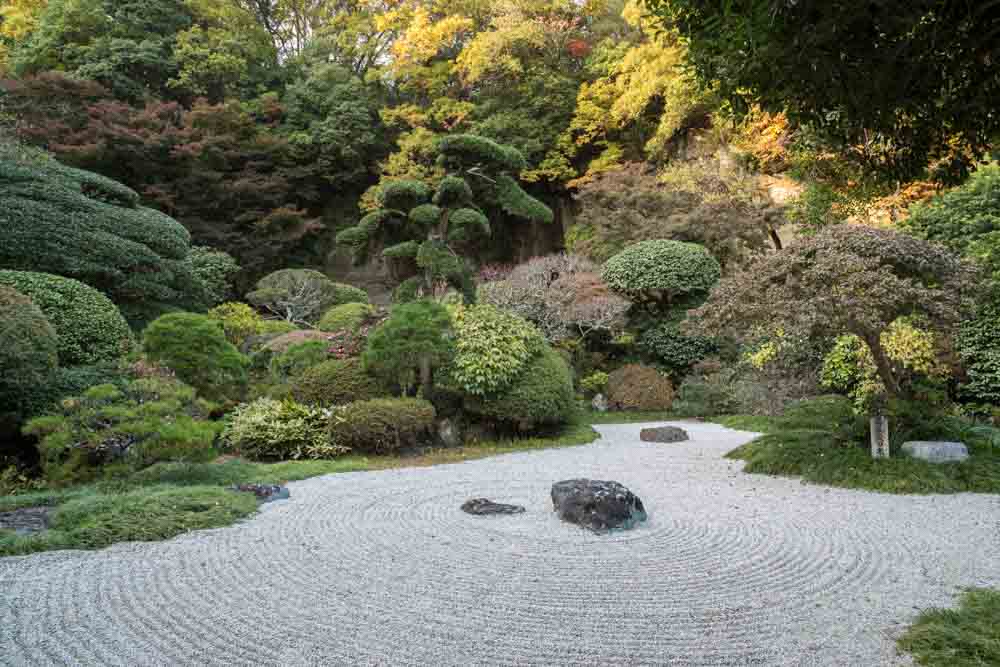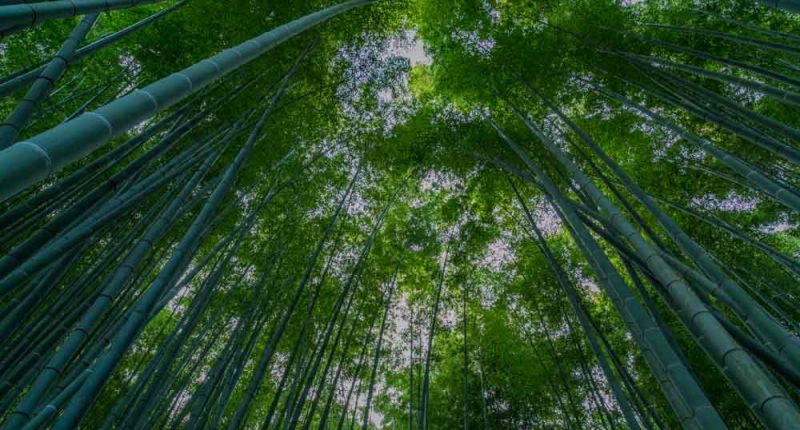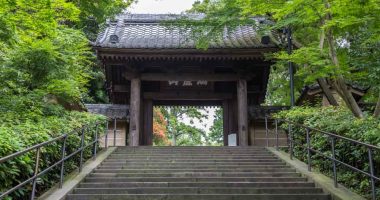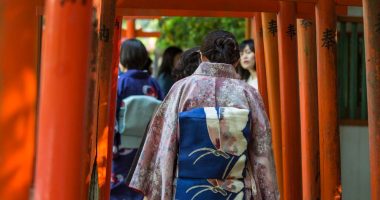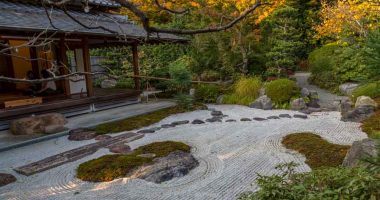Hokokuji Temple (報国寺, Hōkokuji) was established in 1334 and used as the family temple of both the Ashikaga and Uesugi clans. It is best known for its bamboo forest, which contains over 2,000 moso trees, and a Japanese tea house. During peak seasons you may be waiting a considerable time for your matcha at the tea house, and trying to enjoy it while bustled up against fifty other camera-wielding tourists does somewhat detract from the experience. If the crowds prove too much, walk to the nearby Tokasan Jomyoji Temple (5 minutes by foot from Hokokuji) which also has a traditional Japanese tea house that is usually not as busy.
